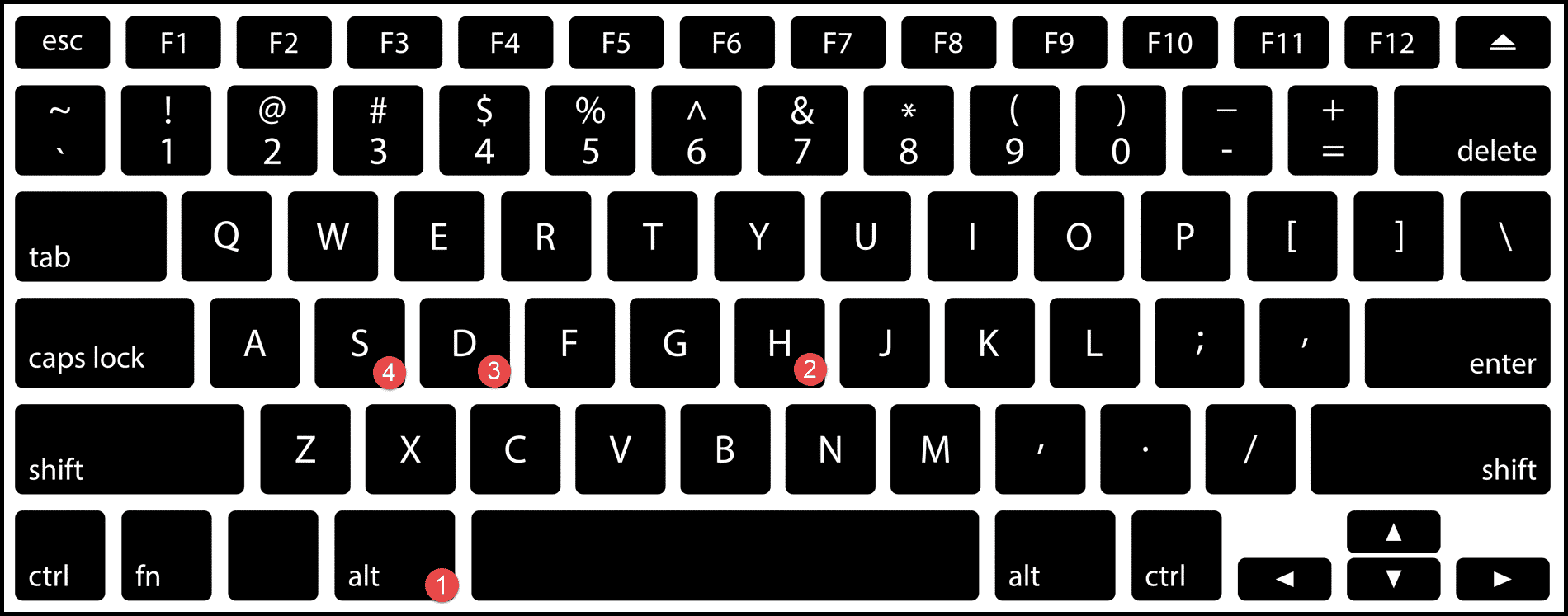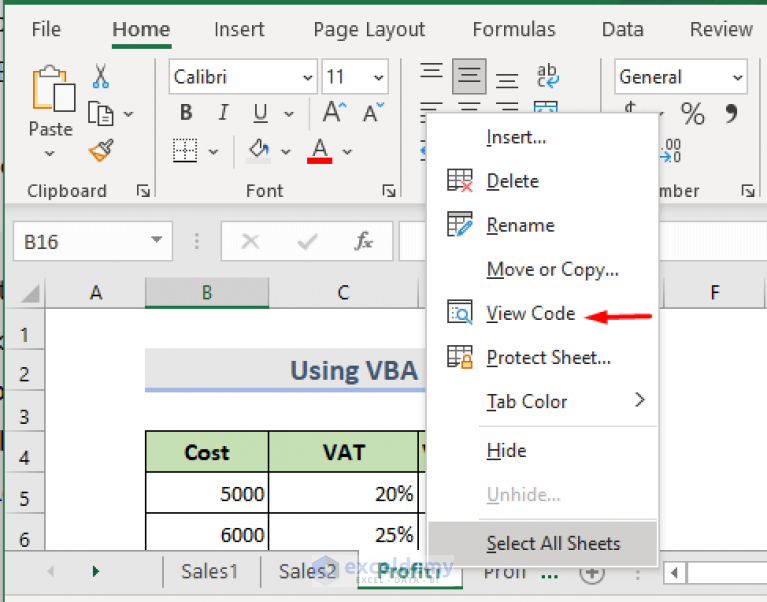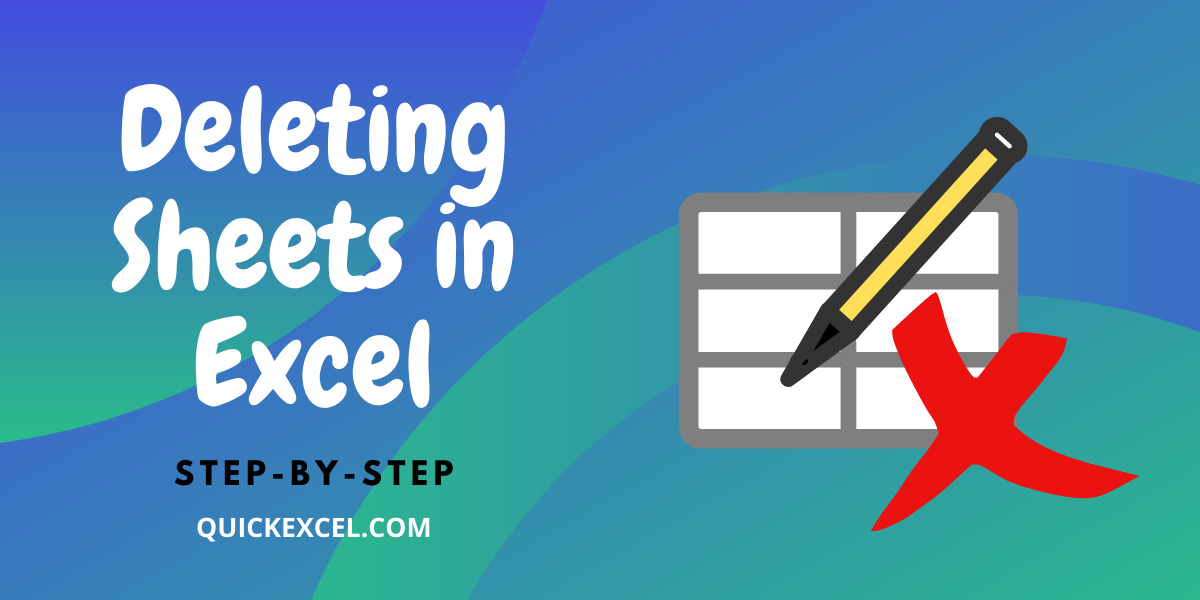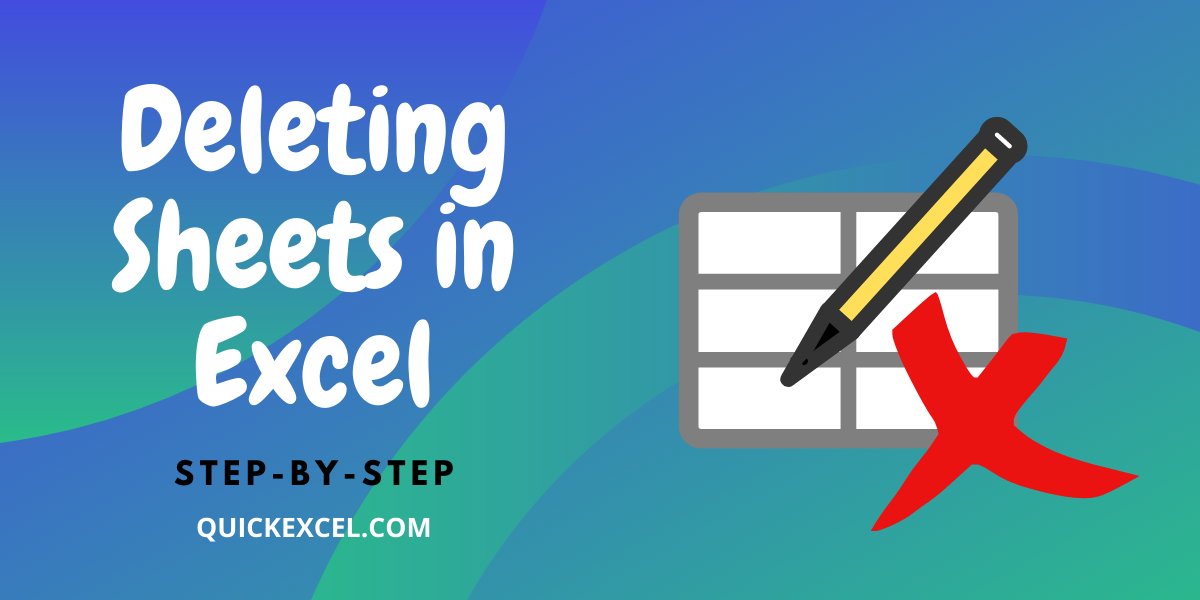5 Ways to Easily Delete Extra Sheets in Excel

Managing spreadsheets in Microsoft Excel can often become a juggling act when dealing with an overwhelming number of extra sheets. Whether you're organizing data for a business analysis, creating reports, or managing personal budgets, clutter in the form of excess sheets can hinder your workflow. In this comprehensive guide, we'll explore five effective methods to declutter your Excel workbook by deleting unwanted sheets, enhancing productivity and organization.
1. Deleting Sheets via Right-Click Menu

The simplest and most straightforward method to remove a sheet is:
- Right-click on the tab of the sheet you want to delete.
- From the context menu that appears, select Delete.
💡 Note: If you accidentally delete the wrong sheet, remember that Excel allows you to undo the action (Ctrl + Z).
2. Using the Ribbon Interface

The Excel Ribbon interface offers another efficient way to manage sheets:
- Navigate to the Home tab on the Ribbon.
- Click on the drop-down arrow under Delete in the Cells group.
- Choose Delete Sheet from the options.
3. Keyboard Shortcuts

Keyboard shortcuts can save you time when deleting sheets:
- Select the sheet you wish to delete.
- Press Alt + E followed by L then D and hit Enter. (Note: This works in older versions of Excel. For Excel 365, it’s different.)
- For Excel 365 users, press Ctrl + - (hyphen), then select Delete Sheet from the dialog box.
4. Excel VBA Macros

If you’re familiar with VBA, macros can automate the process of deleting sheets, especially when dealing with a large number of sheets:
Sub DeleteSpecificSheets() Dim ws As Worksheet Dim sheetNames As Variant Dim i As Integer sheetNames = Array(“Sheet2”, “Sheet3”, “Sheet4”)For i = LBound(sheetNames) To UBound(sheetNames) For Each ws In ThisWorkbook.Worksheets If ws.Name = sheetNames(i) Then Application.DisplayAlerts = False ws.Delete Application.DisplayAlerts = True Exit For End If Next ws Next i
End Sub
This script will delete specific sheets listed in the array sheetNames.
📝 Note: Be cautious with VBA macros as they can perform irreversible actions. Always ensure you’re deleting the correct sheets.
5. Using Advanced Filter

For users looking to delete sheets based on specific criteria, Excel’s Advanced Filter can be a powerful tool:
- List the sheets you wish to delete in a column on an active sheet.
- Use Advanced Filter to extract this list into another sheet or range, then run a macro or manually delete the sheets in the list.
Here is an example of how to set up an Advanced Filter to prepare the list for deletion:
| Steps | Actions |
|---|---|
| 1. | Enter the list of sheets to be deleted in one column. |
| 2. | Select a cell for the filtered list. |
| 3. | Go to Data tab, select Advanced from the Sort & Filter group. |
| 4. | In the dialog box, select List Range (where your sheet names are) and Criteria Range (if any), then click OK. |

Wrapping up, managing your Excel sheets effectively can streamline your data management tasks, making your workflow more efficient. By removing unnecessary sheets using these methods, you can focus on the critical data, ensuring a more organized and productive environment for data analysis and reporting. Remember to proceed with caution, especially when using macros, as sheet deletion is an irreversible action unless you have a backup or can quickly undo the change.
Can I recover a deleted sheet in Excel?

+
Yes, if you have not saved the workbook since deleting the sheet, you can recover it by using the ‘Undo’ feature (Ctrl + Z). If you have saved or closed Excel, recovery is not possible without a backup.
What happens if I try to delete a sheet that is protected?

+
Excel will not allow you to delete a protected sheet directly. You must first unprotect the sheet to proceed with deletion.
How can I delete multiple sheets at once in Excel?

+
Excel doesn’t support direct multiple sheet deletion through its UI. You can use VBA macros or manually select and delete sheets one by one.
Is there a limit to the number of sheets I can have in an Excel workbook?

+
Excel has a practical limit which depends on system resources. The maximum number of sheets in an Excel workbook is about 255 for standard versions of Excel.
What should I do if Excel is slow after deleting many sheets?

+
Close and reopen the workbook to reset Excel’s memory. If performance issues persist, check if there are large data sets or complex formulas in remaining sheets.